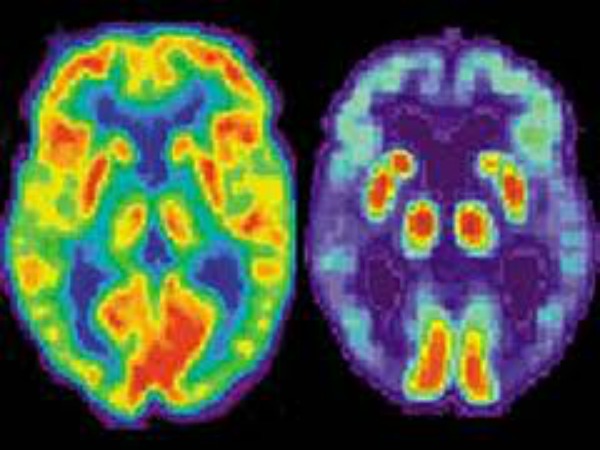
Jordan Belfort with Trophy Wife
***
Jordan Belfort, "The Wolf of Wall Street"
***
G.K. Chesterton Reviews Martin Scorsese's Movie, "The Wolf of Wall Street"
http://paxonbothhouses.blogspot.com/2014/01/gk-chesterton-reviews-martin-scorseses.html
***
G.K. Chesterton Reviews Martin Scorsese's Movie, "The Wolf of Wall Street"
http://paxonbothhouses.blogspot.com/2014/01/gk-chesterton-reviews-martin-scorseses.html
***
'Wolf of Wall Street' Jordan Belfort tells you how to persuade people ...
www.news.com.au/...jordan-belfort.../story-e6frfmci...
Dec 10, 2013JORDAN Belfort knows the secret of persuading people.
Jordan Belfort - The Wolf of Wall Street on Vimeo
vimeo.com/8747076
Jan 14, 2010Join Grant Lewers for a special discussion with Jordan Belfort, The Wolf of Wall Street Jordan's two ...
***
That said, Belfort glorifies his vulgar antics in his book, so how much of his account is truly real is up for debate. After all, Belfort was a scam artist — he made a living by lying. Scorsese, knowing this, portrays Belfort (Leonardo DiCaprio) as an unreliable narrator in the film (see: the changing color of the car in the first scene and the driving while high on Quaaludes episode).
TIME fact-checks the movie against Belfort’s books (he also wrote a sequel entitled Catching the Wolf of Wall Street) and a series of Forbes articles that have followed Belfort’s scheming.
Belfort’s first boss told him the keys to success were masturbation, cocaine and hookers.
Ruling: Fact
Ruling: Fact
According to the book, a broker named Mark Hanna (Matthew McConaughey) gave him this advice early on in his career.
Belfort and his partner owned shares of a risky stock and had their brokers at Stratton Oakmont brokerage aggressively sell the stock to inflate the price. They then sold the stock themselves to turn a profit.
Ruling: Fact
Ruling: Fact
Belfort and Danny Porush (called Donnie Azoff in the film and portrayed by Jonah Hill) utilized this age-old pump-and-dump scheme to get rich quick after graduating from scamming middle-class people into buying worthless penny stocks at a 50 percent commission.
Forbes magazine exposed Belfort, calling him a “twisted Robin Hood.”
Ruling: Fact
Ruling: Fact
Though Belfort wasn’t on the cover, Forbes did run a profile of him in which they called him “a twisted version of Robin Hood, who robs from the rich and gives to himself and his merry band of brokers.” Though it was a scathing portrait, the promise of quick $100,000 commissions brought job applicants to Stratton Oakmont in droves.
Stratton Oakmont took Steve Madden public.
Ruling: Fact
Ruling: Fact
Steve Madden did give a speech the day of the IPO, to which the Stratton Oakmont brokers responded with jeers. Madden, Belfort and Porush owned most of the stock and drove up the price. Belfort, Porush and Madden all went to jail for their scheme.
Belfort laundered his money into Swiss banks using his in-laws.
Ruling: Fact
Ruling: Fact
His wife’s mother and aunt both helped smuggle the money into Switzerland.
Now for the really ridiculous stuff…
Danny Porush (Donnie Azoff) was married to his cousin.
Ruling: Fact
They’re now divorced.
The driving on Quaaludes scene.
Ruling: Mostly fact
Ruling: Mostly fact
It was a Mercedes, not a Lamborghini. But the rest is true to Belfort’s memoir.
The office parties included a “midget-tossing competition.”
Ruling: Fact
Ruling: Fact
…According to Belfort.
The company billed prostitutes to the corporate card.
Ruling: Fact
Ruling: Fact
…And wrote them off in their taxes.
He crashed a helicopter in his front yard while high.
Ruling: Fact
Ruling: Fact
On a related note, he also did at least attempt to sober up in real life.
He sunk a yacht in Italy.
Ruling: Fact
Ruling: Fact
And the yacht used to belong to Coco Chanel.
He called his trophy wife “duchess.”
Ruling: Fact
Ruling: Fact
Though her name was Nadine, not Naomi.
He served a reduced prison sentence after ratting on his friends.
Ruling: Fact
Ruling: Fact
Turns out Belfort was even more of a jerk than they show in the movie. In the film version, Belfort tries to save his partner from incriminating himself. In reality, Belfort ratted out his partner Porush, among others, for a reduced sentence (the two reportedly no longer speak). Belfort spent only two years in prison and had Tommy Chong (of Cheech and Chong) as his cellmate. Chong convinced Belfort to write a memoir.
He scammed only the rich.
Ruling: Fiction
Ruling: Fiction
Some writers have criticized Scorsese for portraying Belfort’s lifestyle as glamorous without showing the victims of his scam. Though Belfort claims in his book and in the film that he only took from the wealthy, the New York Times reports that many small business owners are still trying to recover financially from Belfort’s scheme. (The government claims Belfort has failed to pay his restitution, and reports suggest that Porush is still running get-rich-quick schemes.)













